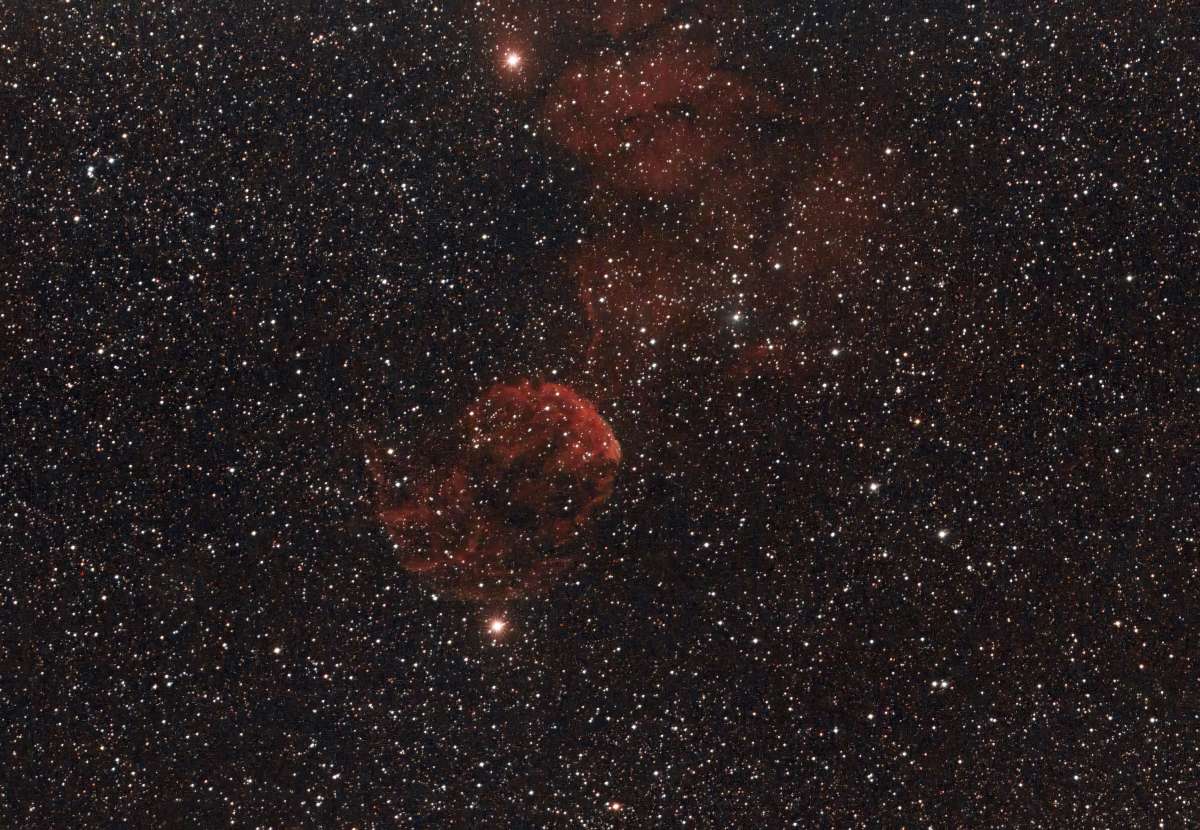Astronomers Stunned to Stumble on 'Cosmic Horseshoe' With a Black Hole the Size of 36 Billion Suns

Experts have detected a humongous extraterrestrial object in space. This phenomenon was located in an arrangement the astronomers had labeled "Cosmic Horseshoe," Live Science stated. Cosmic Horseshoe was uncovered in 2007 inside a constellation named Leo. Findings regarding the discovery were published in a preprint server arxiv.

| Photo by Wayne Zuhl)
Astronomers have located what they believe to be a massive black hole inside the Cosmic Horseshoe, an arrangement of two galaxies. According to the experts, the size of this black hole was around 36 billion suns. The astronomers named it Ton 618. If the existence of this black hole turns out to be true, then it will be one of the largest of its kind to be spotted in the Universe.
Experts have noted that the 'Cosmic Horseshoe' creates an effect known as the 'Einstein ring.' In this effect, a significant mass of the galaxy, in this case, LRG 3-757, gets warped and goes on to magnify the light coming from an even more distant galaxy behind the original cluster. Researchers found evidence of this phenomenon in pictures, where a halo of light appears around the 'Cosmic Horseshoe.'

Photo by Luis Felipe Alburquerque Briganti)
This magnification occurs following gravitational lensing, a process identified by Albert Einstein in 1915. ESA explained that gravitational lensing happens when a massive celestial body facilitates a curvature of spacetime, causing the path of light to be distorted. The study explains how LRG 3-757 acquires mass from an ultramassive black hole in the center of the 'Cosmic Horseshoe' to bend the light it receives from another distant galaxy.
The astronomers detected the black hole by examining data collected from the Multi Unit Spectroscopic Explorer spectrograph in Chile's Atacama Desert and images taken by the Hubble Space Telescope. The kind of gravitational lensing exhibited by LRG 3-757, as well as the speed and the path undertaken by the surrounding stars, indicated that a black hole the size of 36 billion suns was present in the 'Cosmic Horseshoe.' Researchers believe the black hole is embedded inside LRG 3-757. Analysis indicates that the black hole weighed around 66 billion times the mass of the sun and in size was 40 times more than the distance between Neptune and the sun.

Astronomers are yet to understand how Ton 618 came into existence. However, they have observed the uncanny movement of stars around this supposed black hole. These stars appear to be moving slowly and have no randomness, which shouldn't be the case if they are close to such a huge black hole. Researchers speculate that past galaxy mergers possibly ejected these stars or that its motion was a result of powerful jets inside the LRG 3-757 itself that quenched star formations. Experts are hopeful to find some answers regarding the creation of Ton 618, using information from the Euclid space telescope. "The Euclid mission is expected to discover hundreds of thousands of lenses over the next five years," the authors wrote in the study. "This new era of discovery promises to deepen our understanding of galaxy evolution and the interplay between baryonic [regular matter] and [dark matter] components."